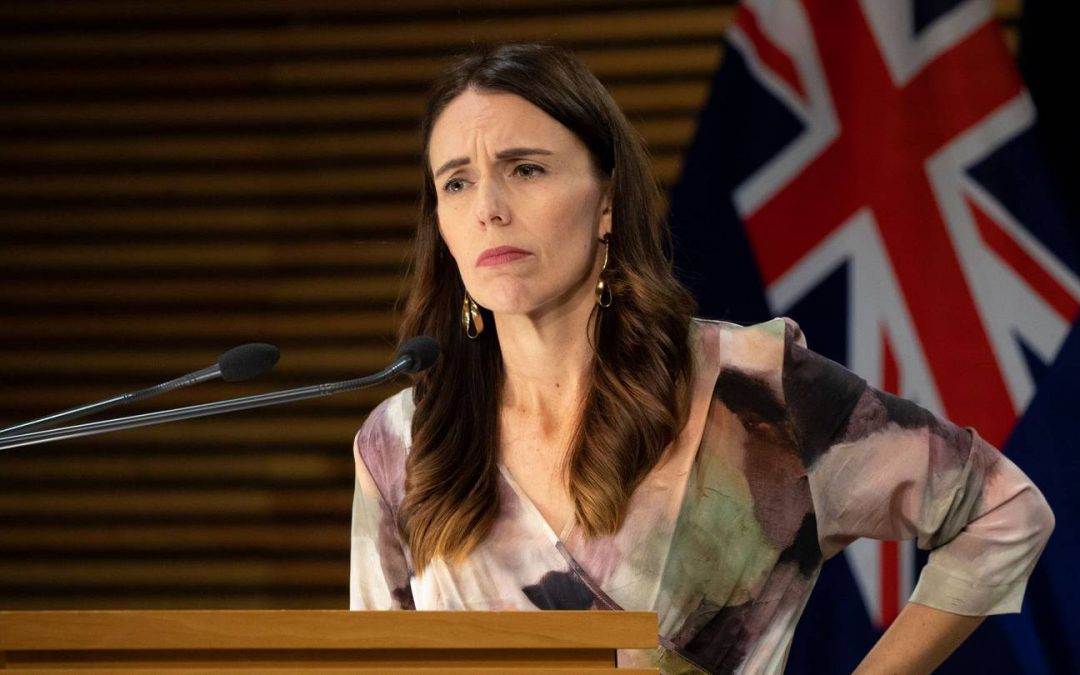There’s an old saying in business citing that successful organisations need finders, minders, binders and grinders.
The rhyming words convey that every organisation needs a combination of people with different but complimentary skillsets, that enable them to “get the job done”, whatever that job may be. In turn, the words relate to the need for those who bring in clients, manage activity and projects, look after people and culture, and those who deliver the outcomes.
As much as I’ve always liked the saying, I’ve often overlaid it with another thought. That is, that organisations also need both designers and engineers.
Designers are the people who come up with ideas. Their brilliance relies on the stroke of a pen, and sometimes they do so without thinking about the “how to”. They love abstractness, different ideas and visionary thinking.
Conversely, engineers are consumed by the “how to”. They need to know how it works first before getting too carried away with how it will look. They want to know how to build stuff or how to make things function.
Of course, great design coupled with expert engineering delivers the best of all outcomes and enables both to succeed.
Many organisations take on difficult tasks. One of the challenges for organisations undergoing any form of transformation is the need to get the balance right between design and engineering. In other words, getting the mix between ideas and execution to a point where something actually happens.
I’ve lost count of the planning sessions I’ve witnessed where nothing happens as a result.
Most importantly such meetings need to result in agreed actions accompanied by the names of those responsible for doing something different, and the timeframes in which they will do so. They seldom do. As a result, we get talkfests and not much more.
I’ve been watching this Government lurch from one challenge to another. There are some things they’ve done quite effectively. There are others that they’ve made a mess of. They are great at talkfests. They are not so good on execution.
At the heart of their weaknesses is that they are a government of designers. They are effective at the stuff they can do with a “stroke of the pen”.
In the future, they will no doubt be heralded for their contribution to raising the minimum wage. Their contribution? A stroke of the pen. Simply put, they legislate and require the masses to fall into line.
With a couple of years gone by, it’s easy to remember that the resolution of Auckland’s traffic issues was going to be funded by the introduction of a regional fuel tax to be paid by those who live in our biggest city. Of course, the tax was introduced promptly with the stroke of a pen.
Having spent 90 minutes this week driving from Auckland to Whangaparāoa in off-peak time, it’s easy to suggest that the outcome of those additional tax dollars is yet to be felt. The recent response to the so-called housing crisis is another case in point.
Increasing taxes, eliminating interest deductions and extending the brightline test (or capital gains tax) for property owners are a function of the same activity. Design. A stroke of the pen. A series of proposals that become rules that others will abide by. Design. A stroke of the pen.
And like much design, the outcome will not solve the problem it was invented for. The reality is that, if we have a housing crisis, it will be resolved by a simplified resource management process, more land becoming available and new houses getting built. In other words, engineering and execution. Instead, these new policies will see rents increase and property developers and owners spending their time restructuring their affairs to minimise their now heightened tax obligations and not much more.

When we look for engineering and execution, there seems to be an extensive array of failed promises. These breakdowns are in the initiatives that require more than a stroke of the pen. They require governments and their numerous personnel, having changed the rules, to actually do something. To make it happen.
There are now a number of major policy areas where outstanding public relations campaigns have trumpeted design, planning and vision while the delivery teams have completely failed with the engineering and execution.
This Government is often pulled up for the promise to build 100,000 houses. Of course, it didn’t happen. A promise like that requires both design and engineering. It’s one thing to say it. To establish a policy even. It’s quite another to build them. Design yes. Engineering no.
At present, we have a list of policy flops that grows longer by the day. The most recent “train wreck” was the light rail plan for Auckland. I am guessing it was easier to put the decision off and push it out for another six months of debate and discussion with the Greens no longer critical to the make-up of the government.
The list of engineering failures continues to grow. While statistics continue to rise, there has been much discussion about sorting out mental health. Overcoming child poverty was so important that the Prime Minister herself took on the portfolio.
Fixing broken hospitals and redefining the purpose of our DHBs was deemed so important that it required countless consultants and reviews, but no action. All designed. All announced. All promised. All failed to execute. Design yes. Engineering no.
Of course, it’s relatively straight forward to draw a plan of a cycleway on the side of our slowly deteriorating harbour bridge.
It’s quite another to build it and make it safe. But then, it seems that we’ve decided not to do that after all.
There are times when good design alone, is enough. However, in most cases, good design of everything from grand visions to workable solutions needs to be accompanied by good engineering and ability to execute.
As we approach the three-quarter mark on this Government’s current six-year term, it would seem that the designer will ultimately fail due to its inability as an engineer.
This article first appeared in the New Zealand Herald on Saturday 10 April 2021.

Recent Comments